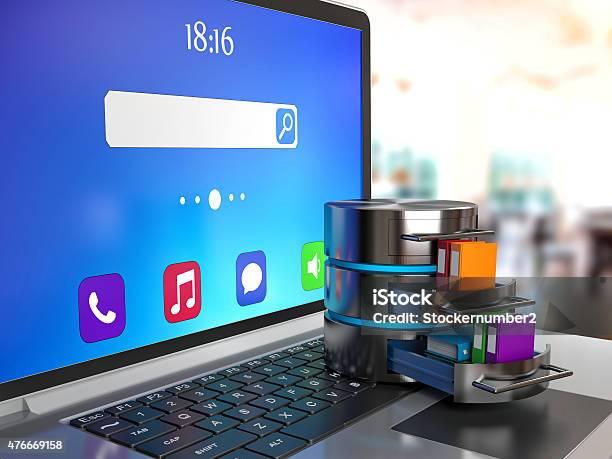The Internet of Things (IoT) is transforming the way we interact with technology, allowing devices to connect and communicate seamlessly. As the demand for IoT applications continues to grow, it's crucial to understand the key features that contribute to successful IoT app development. This article explores these essential features that can enhance functionality, user experience, and overall effectiveness in IoT applications.
Understanding IoT and Its Importance
What is IoT?
A network of networked devices that communicate and share data with one another via the internet is referred to as the Internet of Things (IoT). Smarter decision-making, automation, and improved user experiences are made possible by this connectivity in a number of industries, including smart homes, healthcare, and agriculture.
Why is IoT App Development Crucial?
With the proliferation of connected devices, effective IoT app development is essential for harnessing the potential of these technologies. Well-developed IoT applications can lead to improved efficiency, data-driven insights, and enhanced user engagement.
Key Features to Consider in IoT App Development
1. User-Friendly Interface
A user-friendly interface is vital for the success of any application, particularly in the IoT space.
Intuitive Design
When developing an IoT app, prioritize intuitive design that allows users to navigate seamlessly. A clear and straightforward layout enhances user experience, making it easier for users to interact with the connected devices and access relevant data.
2. Real-Time Data Processing
Real-time data processing is a fundamental feature of IoT applications.
Instantaneous Feedback
Successful IoT app development requires the ability to process data in real-time. This feature enables users to receive instantaneous feedback from their devices, allowing for timely decision-making and improved responsiveness to changing conditions.
3. Robust Security Measures
Security is a significant concern in IoT applications due to the vast amounts of data being transmitted.
Data Encryption and Authentication
Integrating robust security measures, such as data encryption and user authentication, is essential to protect sensitive information. An effective IoT app should prioritize security from the ground up, ensuring that user data remains safe and secure.
4. Seamless Connectivity
The core of Internet of Things applications is connectivity.
Support for Multiple Protocols
A successful IoT app should support various communication protocols (e.g., Wi-Fi, Bluetooth, Zigbee) to ensure seamless connectivity across different devices and platforms. This versatility allows for greater flexibility and adaptability in diverse environments.
5. Scalability
As IoT ecosystems grow, scalability becomes increasingly important.
Future-Proof Design
When engaging in IoT app development, consider designing your application with scalability in mind. This involves creating a flexible architecture that can accommodate additional devices and features over time without compromising performance.
6. Analytics and Insights
Data analytics plays a crucial role in maximizing the value of IoT applications.
Actionable Insights
Integrating analytics capabilities into your IoT app allows users to gain actionable insights from the data collected by their devices. These insights can drive better decision-making and enhance overall functionality.
7. Automation Features
Automation can significantly improve the user experience and operational efficiency.
Smart Automation
Incorporating automation features into your IoT app allows users to set rules and triggers for device actions. For example, users can program their smart home devices to automatically adjust settings based on their preferences or schedules, enhancing convenience and energy efficiency.
8. Cross-Platform Compatibility
Ensuring that your IoT app works across various platforms is essential for wider adoption.
Device and OS Compatibility
A successful IoT app should be compatible with multiple operating systems (iOS, Android) and devices (smartphones, tablets). This cross-platform compatibility ensures that users can access and manage their connected devices seamlessly.
Conclusion
In conclusion, successful IoT app development hinges on several key features that enhance functionality, security, and user experience. By focusing on user-friendly interfaces, real-time data processing, robust security measures, seamless connectivity, scalability, analytics, automation, and cross-platform compatibility, developers can create IoT applications that meet user needs and stand out in a competitive marketplace. As the IoT landscape continues to evolve, keeping these features in mind will be essential for delivering effective and impactful applications. Embrace the future of technology with well-designed IoT solutions that empower users and drive innovation!

